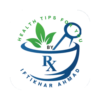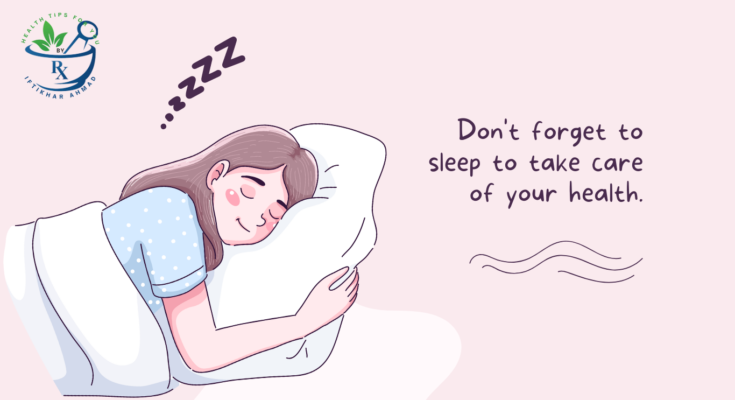Sleep is something, which perhaps does not get as much attention as it once should in today’s hustle-bustle life. And yet an afternoon nap can be the most powerful thing for anybody’s health, for the office worker’s effectiveness. Allow me to speak as a healthcare provider, and tell you that a small, carefully timed nap can prove to be highly beneficial. Now, let’s look at the biochemical and useful facts with regard to this refreshing activity.
The Science Behind Afternoon Naps
Our bodies naturally feel a dip in alertness in the early afternoon, typically between 12:00 PM and 3:00 PM. This period is accompanied with fall in body temperature and surge in levels of melatonin which is the sleep hormone. This unadulterated biological clock proves that it is unpropitious to take an afternoon nap.
Many times, experts suggest that taking a short nap can be beneficial, enhancing one’s system, making one more alert, and improving moods to complete tasks efficiently. A research study released in the Sleep journal showed that even a 10 minute nap would lead to better cognitive performance and decrease the sensation of tiredness. An article published in Nature Neuroscience showed how napping could enhance learning abilities and optimize the memory.
Health Benefits of Afternoon Naps
- Improved Heart Health: Napping can decrease the blood pressure and protect against the heart diseases. The Journal of Clinical Endocrinology & Metabolism showed that short maps can protect the heart from the vices of poor sleep.
- Enhanced Memory and Learning: It is also important in memory consolidation and improves learning capacity thus positively affects the brain. The research done in *Nature Neuroscience* demonstrated that caffeine may be useful to enhance memory; a nap after mastering new material also helps.
- Boosted Mood and Alertness: They have developed the theory that short naps can make a person’s mood improve and increase his/her level of alertness. The American Journal of Physiology provided evidence whereby it was establish that naps help in decreasing stress and improving mood.
- Better Physical Performance: From experience, athletes/normally physically active people can benefit a lot from naps in terms of better reactions and less fatigue levels. The Journal of Sports Sciences confirms that napping enhances the performance of tasks requiring energy.
How to Nap Effectively
To maximize the benefits of an afternoon nap, follow these guidelines
- Keep It Short: It is recommended that adults seeking to take a nap, should do so for about 10-30 minutes. The short naps do not make one fall asleep while they are being taken and thus one wakes up feeling fresh and fully awake.
- Nap Early: The best time to nap is between 1 PM and 3 PM as this is the best time to get a good nap because the body is in sync with the natural biological clock. Napping also affects nighttime sleep; thus, it should not be done too late in the day.
- Create a Restful Environment: Choose a nice and calm environment to have rest during the night. Wear an eye mask to darken the environment and earplugs to enhance silence further.
- Stay Consistent: Getting used to the habit of napping is important, so it’s recommended to do it at a certain time of the day. Recurrent napping in turn enables your body to expect the nap and hence derive some benefits there from.
Common Myths About Afternoon Nap
However, there are many myths concerning napping that people continue to believe. Let’s debunk a few:
- Napping Is for the Lazy : Indeed, napping can be one of the most efficient and helpful things for increasing productivity and general health. Famous personalities of the society such as Winston Churchill and Albert Einstein among the others were famous for their napping.
- Sleeping Time is Not Wasting Time: A power nap makes you alert. Long sleeps cause drowsiness, but short naps do not.
- Only Children require Nap: So do Adults!: In fact an adults’ nap can do as much good as a child’s nap. The biological low in the afternoon in terms of alertness cuts across all age brackets of people.
Incorporating Naps into Your Lifestyle
As observed, nap-taking is a very effective technique that can be easily integrated into one’s daily activities. For this, adopt the following tips.
- Schedule It: Its important to make it almost ceremonial, like viewing napping as a very important business meeting. Schedule time for questions and answers. Ensure you do not have other activities during this time.
- Prepare Your Space: Furnish a good napping facility and which can be a chair or couch that would make the patient comfortable enough to nap. If you easily catch a cold, keep a blanket close to you so you can warm up whenever you feel like it.
- Educate Your Peers: Try to sell napping to your co-workers or your family members. Thus, people may be more receptive when informed that such behaviors are normal and that it is actually good to engage in them.
- Use Technology: An application called Pzizz or Headspace provides guided sleep and nap sessions, along with special techniques to help you fall asleep.
The Historical Perspective: Afternoon Nap in Different Cultures
Like many things in life working during sleep is not a new thing. It is not a secret that many cultures all over the world have embedded the concept of taking a midday nap. Specifically, in Spain people use the term ‘siesta’, while in Italy it has a similar concept called a ‘riposo’. You may look for results from past leaders, but you’ll be surprised to learn that these personalities also encouraged napping.
The Prophetic Tradition of Qailulah(Afternoon Nap)
In case the reader is not aware, Islamic tradition highly encourages an afternoon siesta or power nap known as Qailulah. Prophet Muhammad recommended Qailulah to refresh people, preparing them for the evening prayers and other activities. Hadiths extensively discuss it as one of the practices that can enhance health and strength.
Truly, the prophet Muhammad (PBUH) said, “take a nap, for Shayateen do not take naps. ” Narrated by Al-Tabarani. The Hadith shows that resting preserves and enhances one’s health and spirituality.
Conclusion
Thus, we can state that power mapping is an effective method for improving health and productivity. Additionally, short, daytime naps clearly enhance brainpower, boost mood, and positively affect the cardiovascular system. Use the optimal tips below to nap effectively. Address misconceptions to integrate napping into your daily life. Think of the importance of napping and learn how the practice is capable of changing your life for the better.





